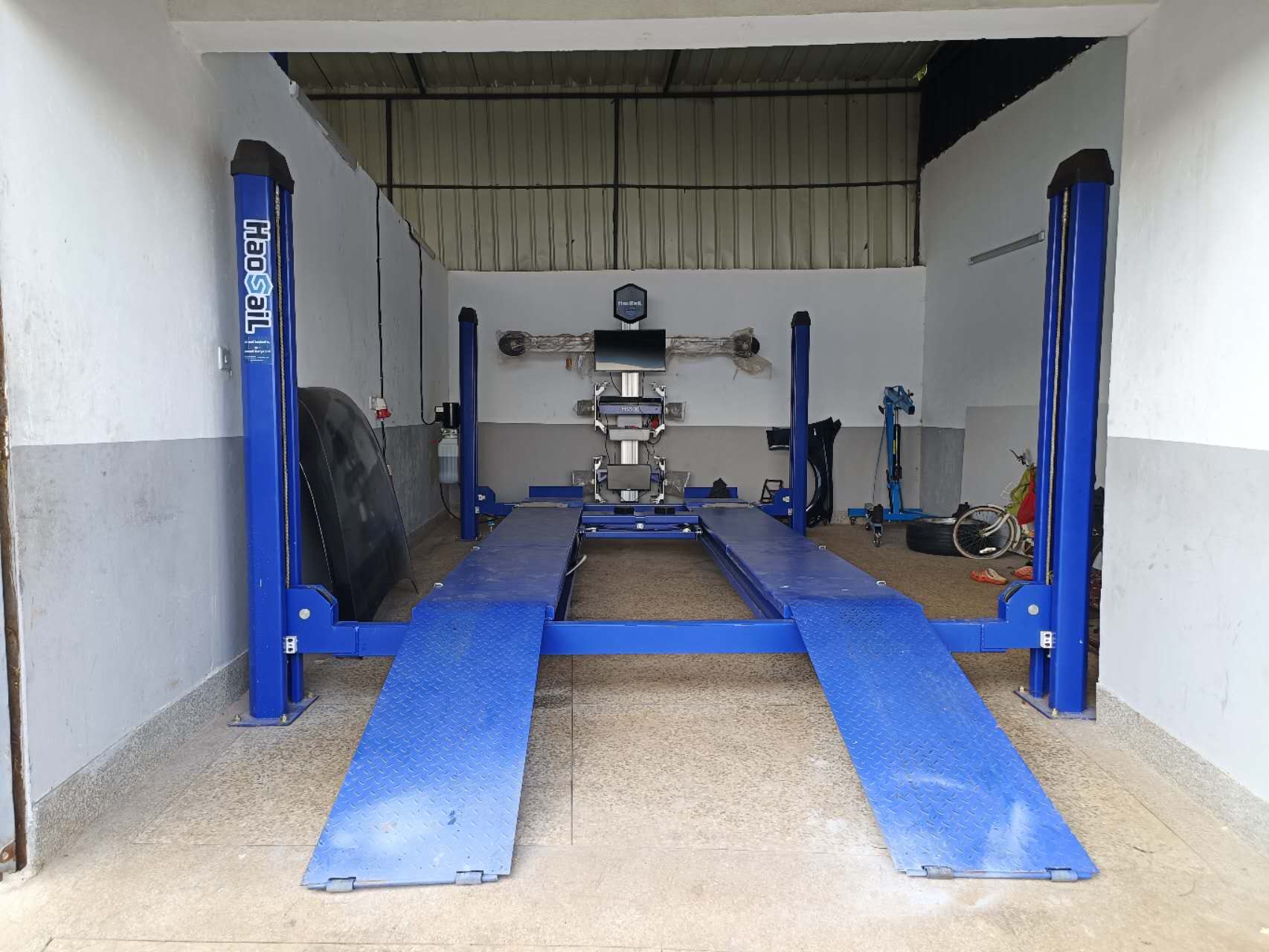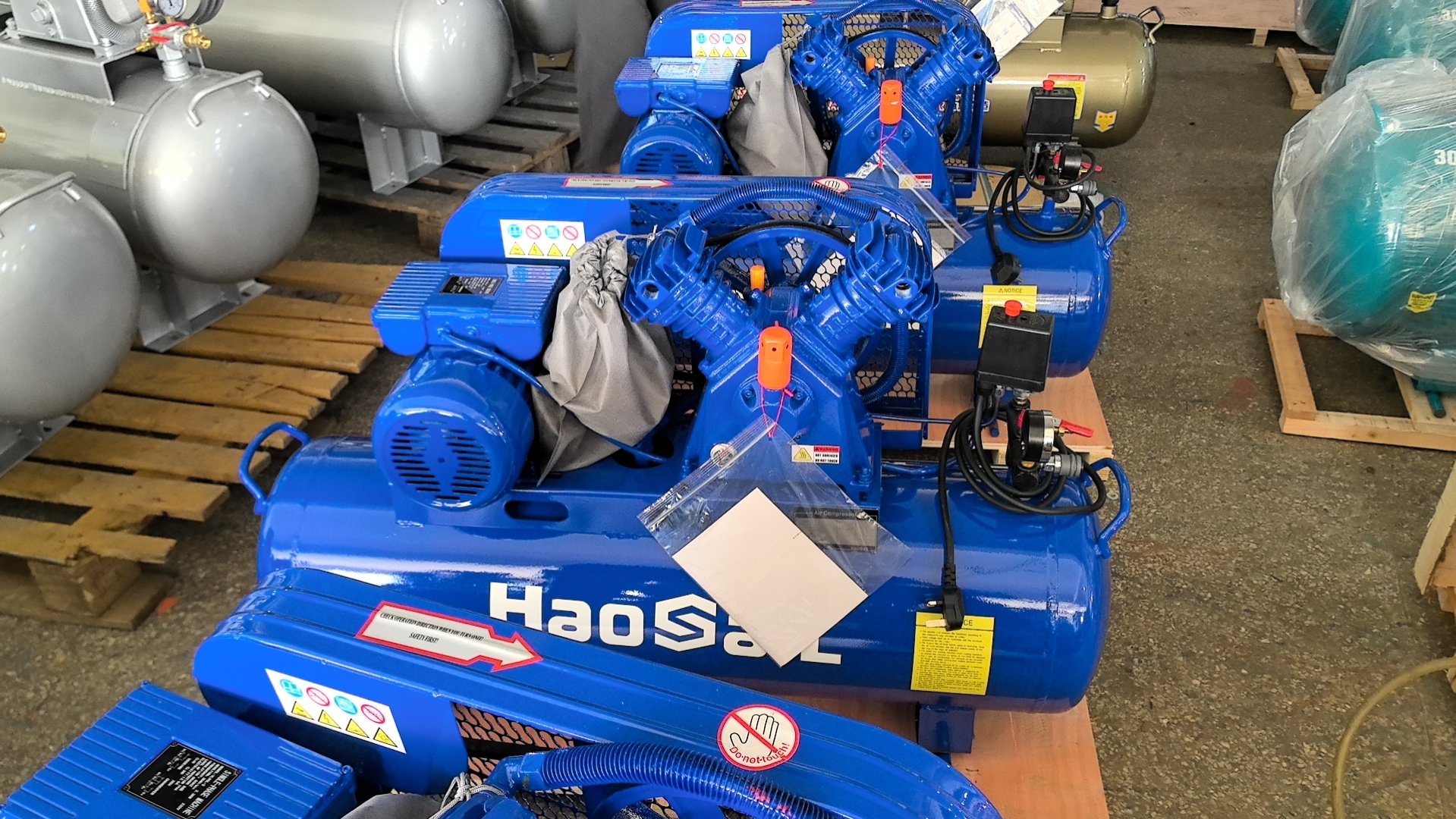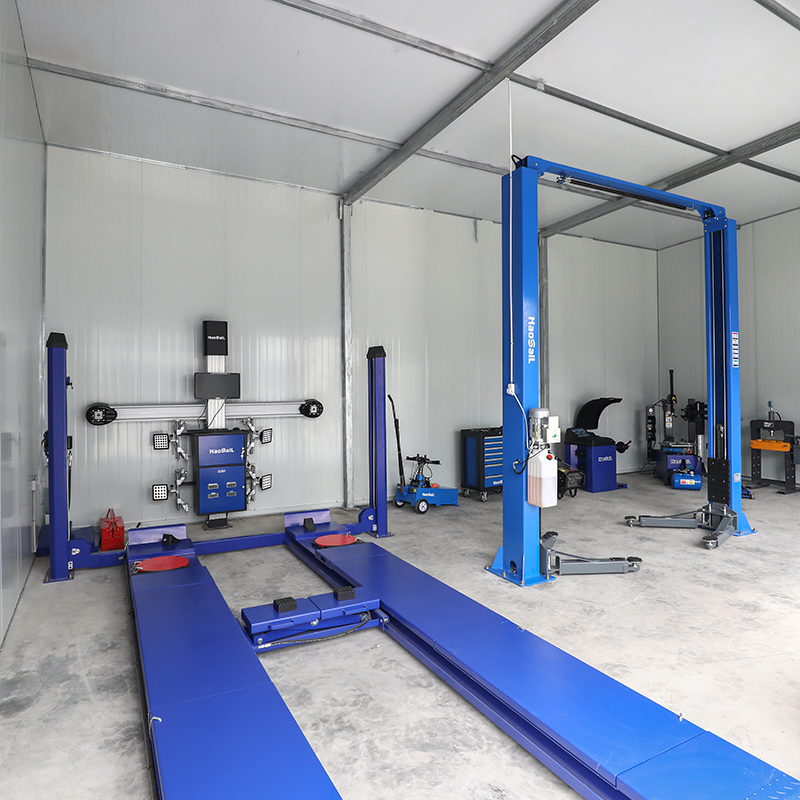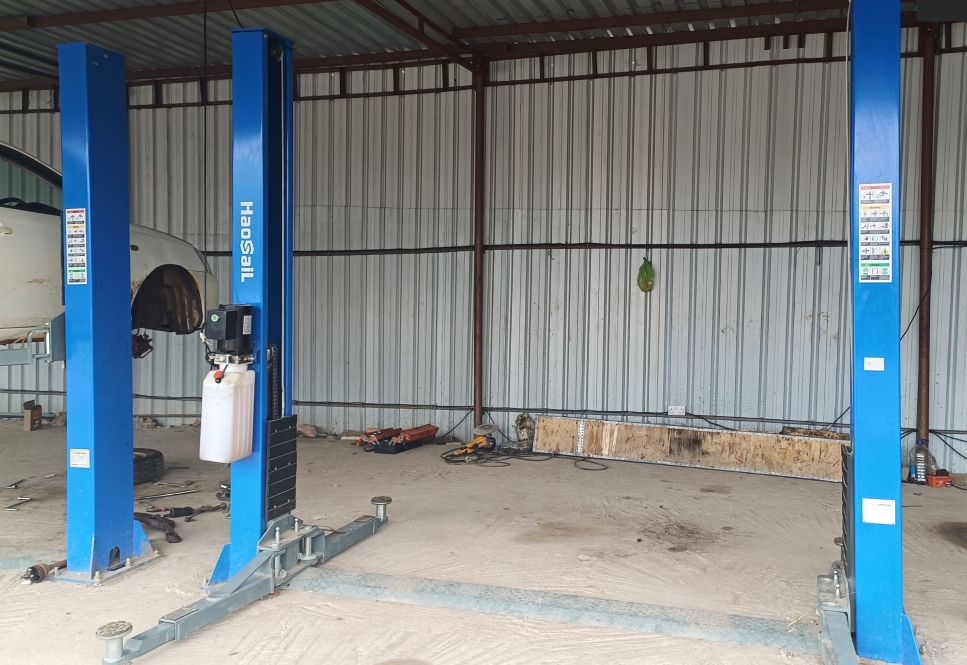
May 29, 2025

May 27, 2025

Apr 14, 2025
Apr 07, 2025
B4, Qingdao High-Tech Zone, No. 17 Songyuan Road, Qingdao.
+86 13864822549
I. Introduction to Lifts(First Half)
Automotive lifts refer to the automotive service equipment used in the automotive repair industry to lift vehicles. Lifts play a crucial role in automotive maintenance and repair, whether it's for a complete overhaul or minor maintenance, they are indispensable. The nature and quality of the lift directly affect the personal safety of the repair personnel. In repair and maintenance businesses of various sizes, whether it's a comprehensive repair shop that services multiple types of vehicles or a single-service street shop (such as a tire shop), almost all are equipped with lifts.

II. Classification of Lifts
1. Lifts are classified according to function and shape into: single-post, double-post, four-post, and scissor lifts.
2. According to function, they can be divided into: four-wheel alignment type and flatbed type.
3. Based on the space they occupy, they can be divided into: surface-mounted and pit-mounted.
III. Two post car lift.
1. The two post car lift is a type of specialized mechanical lifting equipment commonly used in automotive repair and maintenance units. It is the main type of lift and is widely used for the repair and maintenance of small cars such as sedans. Two post car lift come in symmetrical and asymmetrical designs. The symmetrical lift has four arms of approximately equal length, which positions the center (or center of gravity) of the car in the middle of the posts. For the daily maintenance of vehicles such as pickups and vans, this symmetrical lift is the best choice.
2. Structural Features:
- The lift's cables and hoses are fully concealed, giving it an aesthetically pleasing appearance.
- It features internationally standardized mechanical safety devices (see diagram on the right).
- It has a double safety self-locking protection device for safe and easy operation.
- It uses two synchronized steel cables to ensure that both sliding platforms move synchronously, effectively preventing the vehicle from tilting.
- The minimum lifting height is 100mm, suitable for the repair of high-end cars.
- It has a high-precision lifting arm rotation angle locking device to prevent accidents.
- It uses heavy-duty load-bearing chains for safety and reliability.
3. Handling:
Goods should be loaded and moved with a crane or forklift with a capacity of over 1 ton. To prevent the goods from falling, one person should monitor the goods during lifting operations to avoid accidents. Goods can be transported by truck or ship. The machine is heavy, and manual loading and handling methods should not be considered; job safety is particularly important.
4. Installation Requirements:
The installation site should have power supply beforehand, and the indoor height is recommended to be no less than 3150 mm.
It can be installed on any indoor ground as long as the ground level meets the requirements and has sufficient load-bearing capacity (concrete strength not lower than 21MPa, ground-level cement concrete thickness≥300mm). Otherwise, concrete foundations with dimensions≥800×800mm and thickness≥300mm should be poured separately at the two post positions.
The machine uses 10L of hydraulic oil, either N32 (winter) or N46 (summer) anti-wear hydraulic oil (hydraulic oil to be provided by the user).
Only trained and qualified professionals are allowed to perform installation work, which should be carried out carefully by reading and following the instructions to prevent machine damage and personal injury.
5. Steel Wire Rope Installation Diagram:
It is required to adjust to the same level surface, with both sliding platforms at the same plane height. The two steel wire ropes must be tightened and not slack, and they must be within the steel wire rope wheel grooves, parallel to each other, and not crossed, otherwise, the synchronous movement of the two sliding platforms will not be achieved.